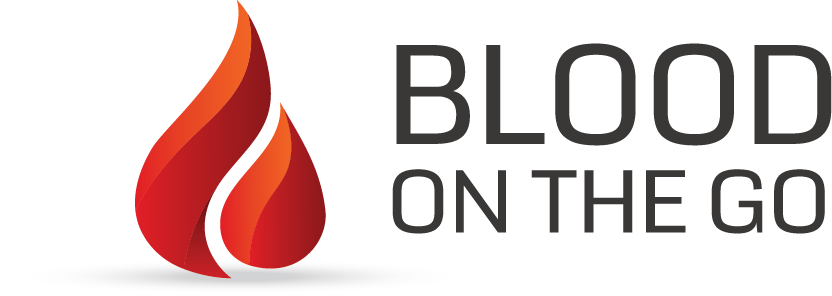Breathing Techniques
Deep breathing: can something so deceptively simple reap so many benefits? It most certainly can! Deep breathing is something of a lost art form in today’s world. In its place is more rapid, shallow breathing. Try this little exercise. While maintaining your current pattern of breathing, place one hand on your chest and one hand on your belly for about 10 seconds. Notice which part of your body is making more movement while breathing. Is it your chest or your belly? Also, pay attention to the pace of your breathing. Is it fast or slow? Chances are you’re taking shallow breaths, moving your chest up and down with each breath more than your belly. These quick breaths don’t provide the amount of oxygen your body needs and are more taxing on your body.
A vicious cycle
Early mornings. Work deadlines. Meetings. The gym. School pickups and drop offs. Rushed meals. Late nights, and too little sleep. Our fast-paced modern life leaves little room for true relaxation on a day to day basis. Stress and rushing around result in shallow breathing, which in turn results in more stress. Yes, shallow breathing can result in more anxiety. The brain thinks that you are not getting enough oxygen. As a result your body is told to breathe more quickly, which results in more anxiety, which in turn results in shallow breathing.
Deep breathing benefits
Deep breathing has numerous benefits. It results in your body receiving more oxygen, resulting in less stress both physically and mentally. Breathing deeply is a pain killer. This may seem like a stretch, but it’s not. Deep breathing results in the release of endorphins which reduce inflammation (and boost mood!) It also often goes hand in hand with relaxed muscles. Muscle tension is a major source of common complaints such as neck and back pain. It also results in increased blood flow and energy. When practiced during yoga, while meditating, or during other similar activities, it can result in an increased mindfulness and feelings of body awareness.
Deep breathing techniques
“Belly breathing”, or, more accurately, diaphragmatic breathing, is when you breathe through your nose to fill your lungs to their full capacity. It causes movement of the diaphragm which is located at the base of your lungs, thus the name. It is important to sit up straight while breathing deeply. Another behavior rising out of modern life is slouching, due to being hunched over phones and tablets and while working at a desk. Slouching doesn’t allow for full breaths. So start with reminding yourself to stand or sit straight, before taking in deep breaths. If you’d like to dig deeper into deep breathing practices, try Qi breathing or a yogic breathing technique. In Qi breathing, you are imagining energy going up your spine as you breathe in, and down as you breathe out. One yogic deep breathing technique worth a try is pranayama breathing, where you consciously spend an equal amount of time breathing in and out.
Practical implementation
It’s likely (and understandable!) that if your train is running late in the morning you won’t be remembering to breathe deeply. Nor is it likely you’ll immediately spend the majority of your day deep breathing after reading this post. So how can you make tangible progress in terms of remembering to slow down, relax, and take in full breaths? Start with your leisure time. As you’re laying down in bed for the night, maybe turning on your phone to browse Facebook or cracking open your latest favorite book, consciously remind yourself to take in a few deep breaths. Make a habit of this deep breathing exercise and it will become second nature to do this not only before your relaxation time but all throughout. Next, train yourself to stop and take a deep breath when stressed. You can make it a habit by coming up with a phrase you say when feeling stressed. Mentally (or out loud, if you’re alone or at home!) tell yourself something like, “Stop. Breathe.” and take a second to relax your muscles and breathe in deeply and fully while closing your eyes. You’ll be rewarded with feeling calmer, more collected, and will have more clarity of mind to tackle the task at hand.
So stop what you’re doing right now. Sit up straight. Put both hands on your belly. Take a long, slow, deep breath in, and feel your belly rising as you breathe in. Do this a few times now, and look away from the screen while you do. You’ll immediately notice yourself feeling calmer and more grounded.
